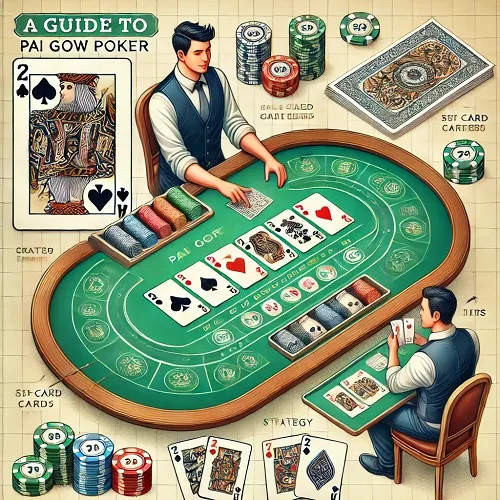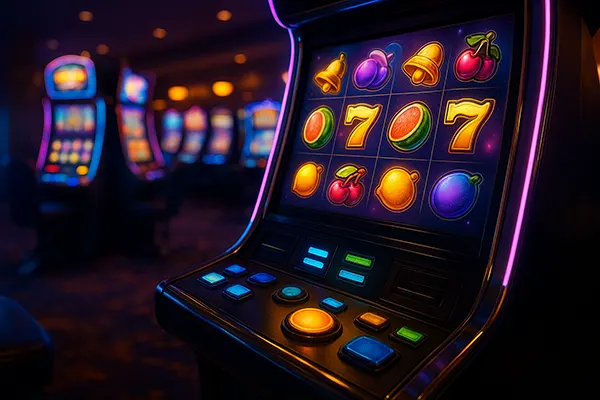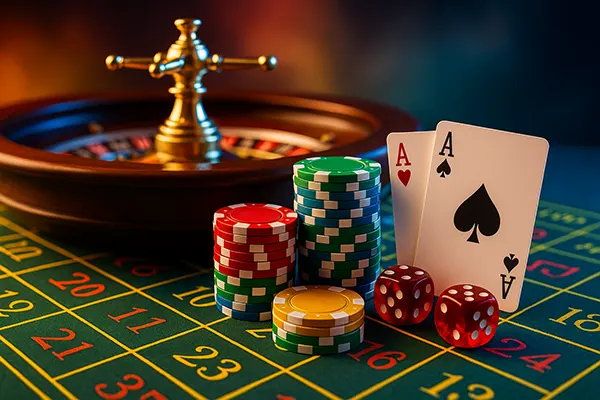
A Comprehensive Guide to Pai Gow Poker
Pai Gow Poker, a unique and engaging variant of poker, has its roots in a traditional Chinese game called Pai Gow, which means “make nine.” The game as we know it today was created in 1985 by Sam Torosian, owner of the Bell Card Club in Los Angeles. The primary goal was to combine elements of the ancient Chinese game with the universally popular poker, resulting in a distinctive game that offers a blend of strategy and luck. It quickly gained popularity in casinos across the United States and has since become a staple in many gaming establishments worldwide.
The game is played with a standard 52-card deck plus one joker, with players competing against the dealer rather than each other. Each player receives seven cards and must create two hands: a five-card high hand and a two-card low hand. The game’s objective is to beat both of the dealer’s hands, making it an exciting mix of skill and chance.
How to Play Pai Gow Poker
To play Pai Gow Poker, understanding the game’s basic rules and strategies is crucial. The game begins with each player receiving seven cards. These cards must be divided into two separate hands: the high hand, consisting of five cards, and the low hand, consisting of two cards. The high hand must always be stronger than the low hand according to traditional poker rankings. For instance, if the high hand is a pair of aces, the low hand cannot be a pair of kings.
The dealer also sets two hands, following the same rules as the players. The joker in Pai Gow Poker can be used as an ace or to complete a straight, flush, or straight flush. Players win if both of their hands beat the dealer’s respective hands. If only one hand wins, the result is a push, and the bet is returned. If both hands lose, the player loses the bet.
Differences from Classic Poker
Pai Gow Poker differs from classic poker in several key ways. Firstly, the game is played against the house, not other players, which changes the dynamic and strategy significantly. In Pai Gow Poker, players need to focus on creating two hands that can both outperform the dealer’s hands, rather than just the strongest possible hand.
Secondly, the joker card in Pai Gow Poker has a unique role, primarily serving as an ace but also able to complete straights and flushes. This adds an additional layer of strategy when arranging hands. Furthermore, the pace of Pai Gow Poker is generally slower than that of traditional poker games, providing players with more time to strategize.

Difficulty Level: Learning and Mastering Pai Gow Poker
While Pai Gow Poker may seem complex at first, it is relatively easy to learn. The game’s structure, where players only need to arrange two hands rather than a single strong hand, makes it accessible for beginners. The most challenging aspect is understanding the optimal ways to split the seven cards into two hands, a skill that improves with practice and familiarity with poker hand rankings.
Seasoned players often focus on the nuances of the game, such as the house way— a set of rules the dealer follows for setting hands. Mastering this aspect can provide players with a strategic edge. Additionally, knowing when to bet conservatively or aggressively can significantly impact the outcome, adding depth to the game’s strategy.
Pai Gow Poker Tournaments
Pai Gow Poker tournaments are a relatively rare but growing aspect of the poker world. While not as common as Texas Hold’em or Omaha tournaments, some casinos and online platforms offer these events, attracting enthusiasts looking for a different kind of challenge. These tournaments follow similar rules to regular Pai Gow Poker but usually feature a tournament structure with rounds and eliminations.
Players in tournaments compete for prize pools, and the rules may vary slightly, including specific variations in betting limits and the use of jokers. The slower pace of the game and the requirement to set two hands offer a unique tournament experience, appealing to those who enjoy strategic depth and a relaxed pace.





